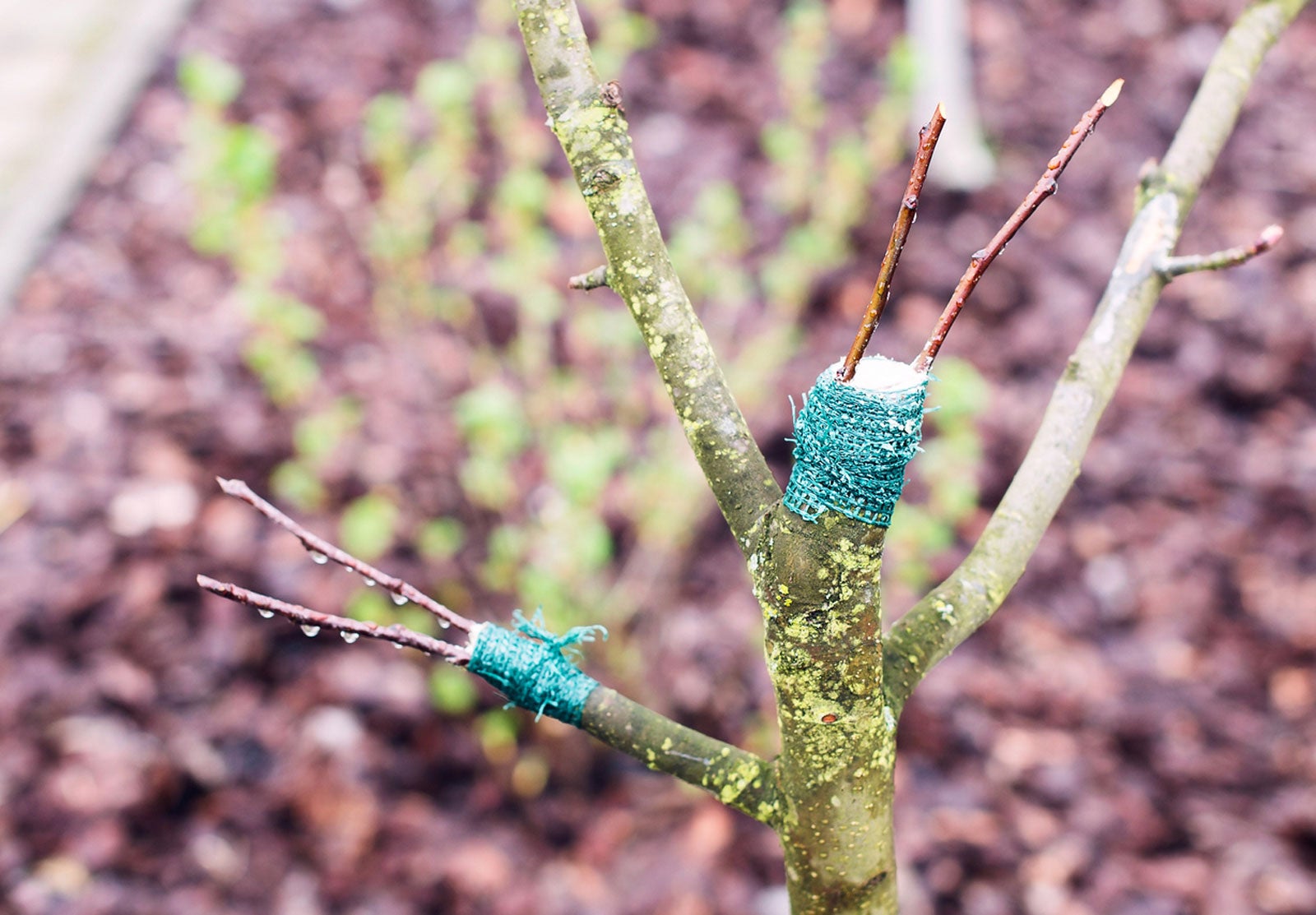Cleft Grafting Propagation: What Is A Cleft Graft


Grafting is the process of setting pieces from one tree into another tree so that they will grow there and become part of the new tree. What is a cleft graft? It is one type of grafting technique that requires know-how, care, and practice. Read on for information about cleft graft propagation.
What is a Cleft Graft?
Grafting is done in a variety of different ways to achieve different ends. Reviewing a cleft grafting guide will give you information on when to use cleft grafting techniques and how it is done. The tree to which new material is to be attached is termed the rootstock, while the pieces to be attached are termed “scions.”
In cleft graft propagation, the rootstock tree limb is cut off square and the cut end split. Scions from another tree are inserted in the split and allowed to grow there. In time, one is usually removed.
What is Cleft Grafting For?
Cleft graft propagation is usually reserved for “topwork” in the upper canopy of a tree. That usually happens when a gardener wants to add new cultivar branches to existing trees.
It is also used when a branch has broken and needs to be repaired. Cleft grafting propagation is only appropriate for small scions between ¼ and 3/8 inch (6-10 mm.) in diameter. This technique won’t work to reattach large branches.
How Do You Cleft Graft?
Grafting scions into clefts in rootstock trees requires know-how. If you have access to a cleft grafting guide, it will provide you with helpful photos and illustrations that walk you through the process. We’ll lay out the basics here.
First, you need to get the timing right. Collect the scions in winter and store them in the refrigerator, wrapped in a moist cloth, until it is time to graft. Each scion should be a small limb some 3 to 4 inches (7.5-10 cm.) long with several, large, plump buds. Trim the lower end of each scion with sloping cuts on opposite sides.
Gardening tips, videos, info and more delivered right to your inbox!
Sign up for the Gardening Know How newsletter today and receive a free copy of our e-book "How to Grow Delicious Tomatoes".
Perform the cleft grafting in early spring just as the rootstock plant is starting to grow after winter. Cut off the stock branch square, then carefully split the center of the cut end. The split should be about 2 to 4 inches (5-10 cm.) deep.
Pry open the split. Insert the lower end of a scion into each side of the split, taking care to line up the inner bark of the scions with that of the stock. Remove the wedge and paint the area with grafting wax. Once they start opening their buds, remove the less vigorous scion.

Teo Spengler is a master gardener and a docent at the San Francisco Botanical Garden, where she hosts public tours. She has studied horticulture and written about nature, trees, plants, and gardening for more than two decades. Her extended family includes some 30 houseplants and hundreds of outdoor plants, including 250 trees, which are her main passion. Spengler currently splits her life between San Francisco and the French Basque Country, though she was raised in Alaska, giving her experience of gardening in a range of climates.